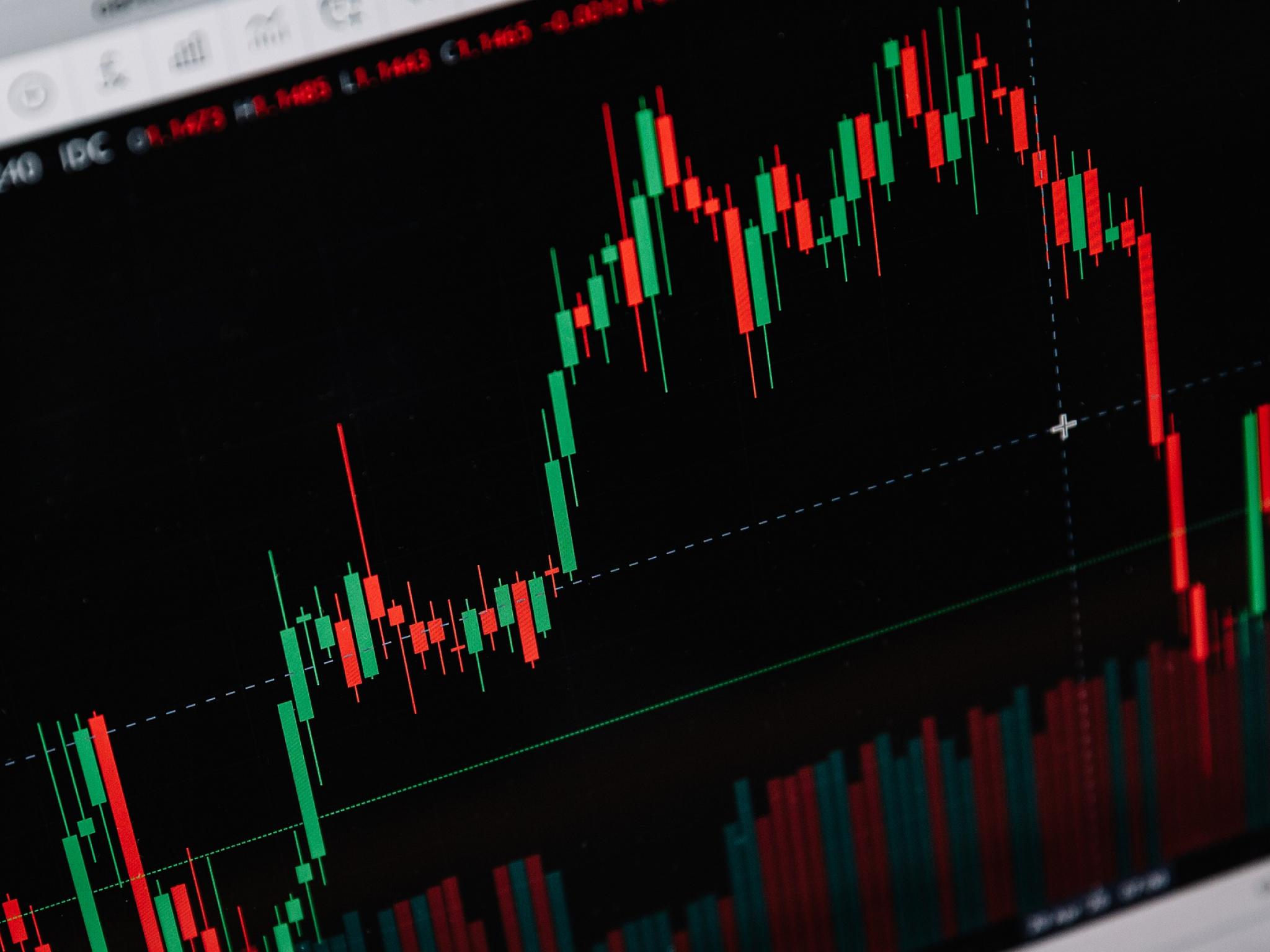
Pulled from Benzinga Pro data, PG&E (NYSE:PCG) posted Q4 earnings of $476.00 million, an increase from Q3 of 143.75%. Sales dropped to $5.25 billion, a 4.01% decrease between quarters. PG&E collected $5.46 billion in revenue during Q3, but reported earnings showed a $1.09 billion loss.
What Is ROIC?
Return on Invested Capital is a measure of yearly pre-tax profit relative to capital invested by a business. Changes in earnings and sales indicate shifts in a company's ROIC. A higher ROIC is generally representative of successful growth of a company and is a sign of higher earnings per share in the future. A low or negative ROIC suggests the opposite. In Q4, PG&E posted an ROIC of 0.88%.
Keep in mind, while ROIC is a good measure of a company's recent performance, it is not a highly reliable predictor of a company's earnings or sales in the near future.
Return on Invested Capital is a measure of yearly pre-tax profit relative to capital invested by a business. Changes in earnings and sales indicate shifts in a company's ROIC. A higher ROIC is generally representative of successful growth of a company and is a sign of higher earnings per share in the future. A low or negative ROIC suggests the opposite. In Q4, PG&E posted an ROIC of 0.88%.
Keep in mind, while ROIC is a good measure of a company's recent performance, it is not a highly reliable predictor of a company's earnings or sales in the near future.
For PG&E, the positive return on invested capital ratio of 0.88% suggests that management is allocating their capital effectively. Effective capital allocation is a positive indicator that a company will achieve more durable success and favorable long-term returns.
Analyst Predictions
PG&E reported Q4 earnings per share at $0.28/share, which did not meet analyst predictions of $0.28/share.
This article was generated by Benzinga's automated content engine and reviewed by an editor.







